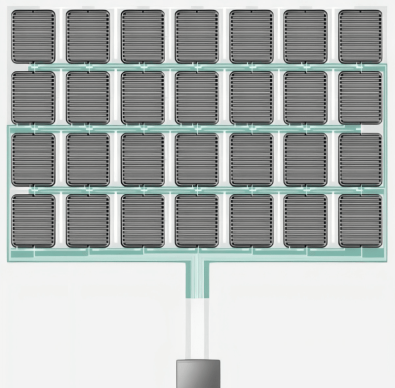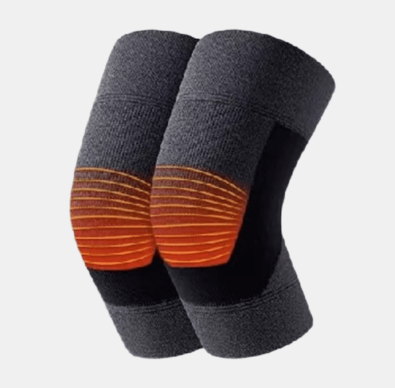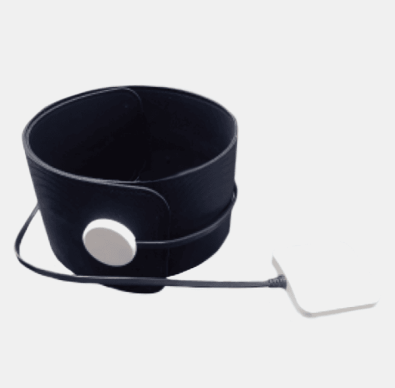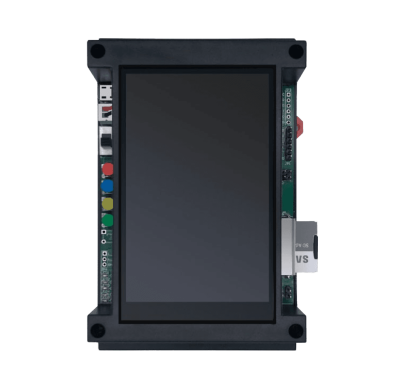Smart Home Installations: The Key To a More Connected Home

Pressure Sensor-Powered Smart Home Installations
Where Can You Find Pressure Sensors At Home?
1. Home Security
Pressure sensors are a vital component in creating smart home security systems that go beyond traditional methods. By integrating pressure sensors into doors, windows, and access points, these sensors can detect and alert homeowners to any unauthorized entry attempts. The pressure sensors can differentiate between normal door or window movements and forced entry, triggering alarms or sending notifications to homeowners and security services.
Additionally, pressure sensors can be utilized in floor mats or carpets near entrances to detect footsteps or weight changes, providing an added layer of security against intruders. With these intelligent security systems, homeowners can have peace of mind and a heightened sense of safety within their smart homes.

2. Intelligent Appliance Control
3. Air Quality Monitoring and Ventilation
4. Smart Water Management Systems
5. Occupancy Detection and Energy Efficiency

How Are Pressure Sensors Integrated Into Smart Home Appliances
Pressure sensors operate based on the principle of converting physical pressure into an electrical signal, allowing them to measure and detect changes in pressure. The mechanism behind their functionality involves several key components and processes.
At the core of a pressure sensor is a sensing element, typically a diaphragm or a membrane, which deforms in response to applied pressure. This deformation causes a change in the electrical properties of the sensing element, such as resistance, capacitance, or voltage. These changes are then converted into an electrical signal proportional to the applied pressure.
Installation Process of Smart Home Devices
To integrate pressure sensors into the electrical circuits of home appliances, various steps are involved. First, the sensor is selected based on the specific requirements of the appliance and the intended application. The sensor is then connected to the electrical circuit using appropriate wiring and connectors.
In some cases, an analog-to-digital converter (ADC) may be required to convert the analog signal from the pressure sensor into a digital format compatible with the appliance’s control system. This enables the appliance to interpret and utilize the pressure data effectively.
Depending on the complexity of the appliance and the desired functionality, additional components such as amplifiers, filters, and microcontrollers may be incorporated into the circuit to enhance the performance and accuracy of the pressure sensor.
The installation process involves physically mounting the pressure sensor in a suitable location within the appliance. This placement depends on the specific application.
For example, in a smart home security system, pressure sensors may be positioned near entry points or vulnerable areas to detect any tampering or unauthorized access attempts. In water management systems, pressure sensors can be installed in plumbing fixtures or along water supply lines to monitor and control water flow.

The Future of Smart Home Installations are in Pressure Sensors
Pressure sensors are transforming the smart home installation landscape, enabling enhanced energy efficiency, water management, security, air quality monitoring, and appliance control. As the technology continues to advance, pressure sensors will play an increasingly vital role in creating smarter, more connected homes that provide convenience, comfort, and peace of mind for homeowners.
If you’re developing a smart home device and in search of powerful and reliable pressure sensors, Flexniss has a great selection of nano and micro pressure sensors compatible for different applications and industries. Visit our product pages today and send us a message for orders and inquiries!
